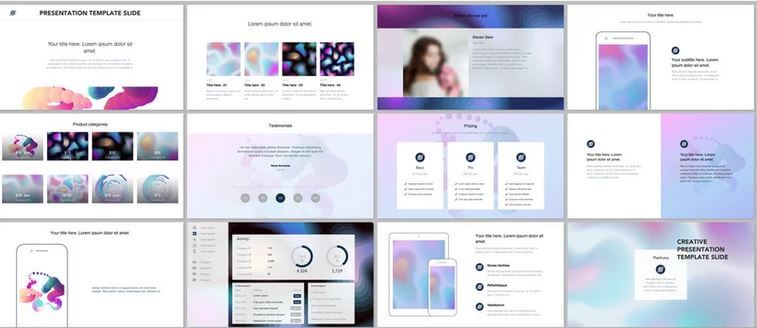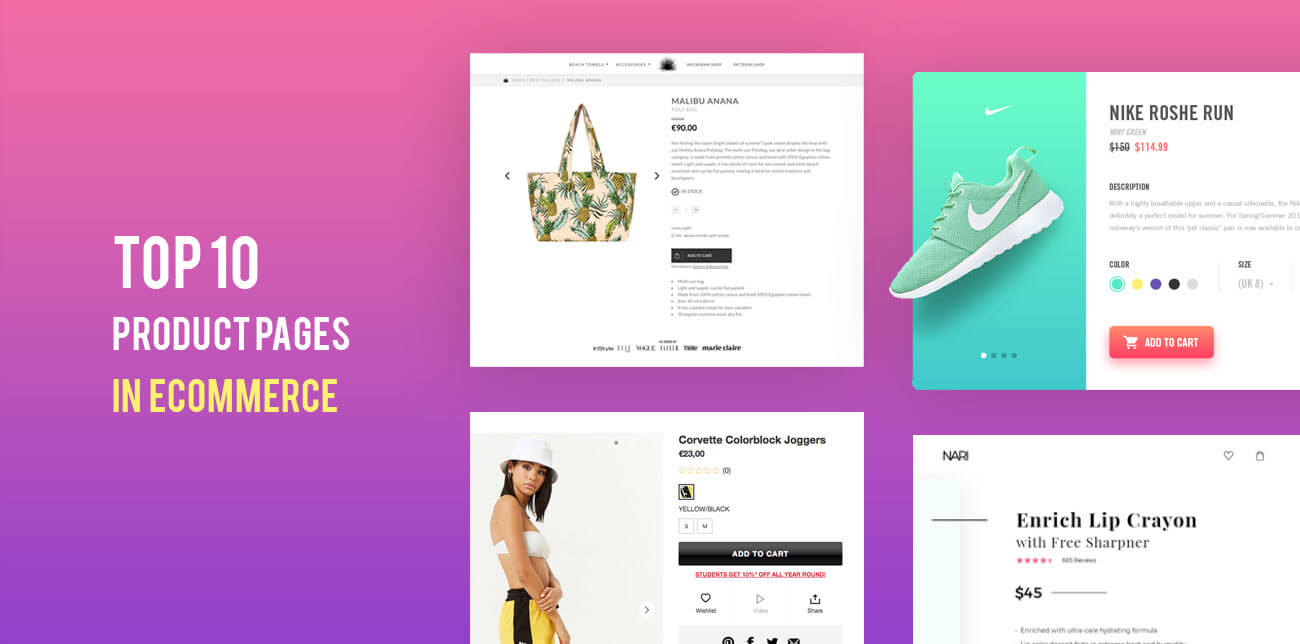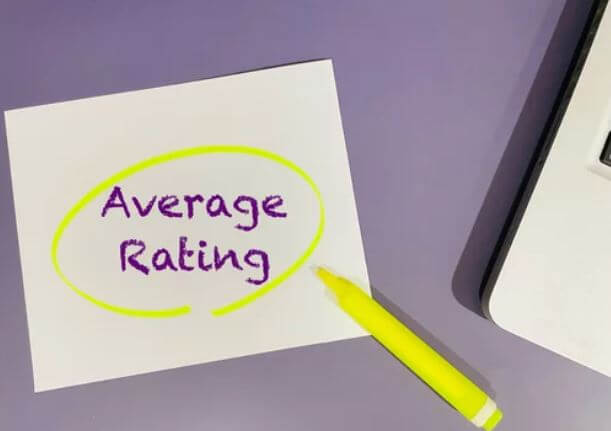Product Page
Introduction of Product Page
A product page is an essential part of any e-commerce website. It is the page where customers can learn about a specific product, view images, and videos, read reviews, and make purchases. A well-designed and informative product page can significantly influence a customer’s decision to buy a product. This article will look closely at the components of a product page, including an overview of the product, its features and benefits, and other important information.
Product Overview:
The product overview is the first thing customers will see when they land on a product page. It should be brief and concise, providing a quick summary of the product’s key features and benefits. The overview should also include a high-resolution image of the product, its name, brand, and other relevant information.
Features and Benefits:
The features and benefits section of a product page is where customers can learn more about the product’s specific capabilities and how it can meet their needs. This section should be well-organized, easy to read, and include all the essential information customers need. It should include a list of the product’s basic features and briefly describe how each element can benefit the customer.
Some product page examples of features and benefits for a product like a smartphone might include:
- A large, high-resolution display for a clear, vivid viewing experience
- A powerful processor for fast and efficient performance
- A long-lasting battery for all-day use
- A high-resolution camera for stunning photos and videos
- A fingerprint sensor for added security and convenience
It’s essential to ensure the features and benefits are presented in a way that is easy for the customer to understand. Including customer reviews and ratings in this section is also a good idea, as they can provide valuable insight into how well the product performs in real-world use.
In summary, a well-designed product page is essential for any e-commerce website. It should include a clear and concise product overview and a detailed list of its features and benefits. A product page can significantly increase the chances of a sale by giving customers the information they need to make an informed decision.
Product Details
The product details section of a product page is where customers can find all the technical information about a product. This section should be well-organized and easy to understand, providing customers with all the information they need to make an informed decision about a purchase.
Technical Specifications:
The technical specifications section should include all the product’s technical details, such as model number, dimensions, weight, power requirements, etc. This section is significant for products with specific technical requirements, such as electronics or machinery. For example, for a smartphone, the specifications might include the following:
- Display size and resolution
- Processor type and speed
- Storage capacity
- Battery capacity
- Operating system
- Connectivity options (Wi-Fi, Bluetooth, cellular, etc.)
Dimensions and Weight:
This section should include the physical dimensions of the product, as well as its weight. This information is essential for products with specific size or weight requirements, such as furniture or heavy machinery. For example, for a refrigerator, the dimensions and weight might include the following:
- Width, depth, and height in inches or centimeters
- Weight in pounds or kilograms
Materials and Construction:
This section should include information about the materials and construction of the product. This can include information such as the type of materials used, the manufacturing process, and any certifications or standards the product has met. This information is essential for products with specific durability or safety requirements, such as construction equipment or children’s toys.
In summary, the Product Details section of a product page should provide customers with all the technical information they need to make an informed decision about a purchase. This includes technical specifications, dimensions and weight, and materials and construction. By providing precise and detailed information in this section, customers will better understand the product and feel more confident buying.
Images and Videos
Images and videos are an essential part of any product page. They give customers a visual representation of the product and can significantly influence their purchase decision.
Product Images:
The product images section should include high-resolution images of the product from different angles and in other settings. This will give customers a better understanding of what the product looks like and how it can be used. It’s essential to have at least one feature image prominently displayed on the page and additional photos that customers can click to view larger versions.
Product Videos:
Product videos can give customers an even more in-depth look at a product. They can be used to demonstrate how the product works, highlight its key features or show it in different settings. Videos can be especially effective for products with many moving parts or are difficult to explain in text and images. It’s also a good idea to include a feature video that is prominently displayed on the page and other videos that customers can click to view.
In summary, images and videos are essential to any product page. They give customers a visual representation of the product and can significantly influence their purchase decision. A product page should include high-resolution images of the product from different angles and settings and product videos demonstrating how it works and highlighting its key features. Providing customers with a detailed look at the product, images, and videos can help to increase the chances of a sale.
Reviews and Ratings
Reviews and ratings are an essential part of any product page. They provide customers valuable insight into the product’s performance and can significantly influence their purchase decision.
Customer Reviews:
The customer reviews section should include a variety of reviews from different customers. These reviews contain information about the product’s performance, ease of use, and overall satisfaction. It’s essential to have a mix of positive and negative reviews, as this will give customers a more balanced view of the product. It’s also a good idea to include a feature review prominently displayed on the page and additional reviews that customers can click to view.
Average Rating:
The average rating section should summarize the product’s overall rating based on customer reviews. This can be displayed as a star rating or a numerical rating. The average rating can help customers quickly understand the consensus about the product and can be a valuable tool for making a purchase decision.
In summary, reviews and ratings are essential to any product page. They provide customers valuable insight into the product’s performance and can significantly influence their purchase decision. A product page should include a variety of positive and negative customer reviews and an average product rating based on customer reviews. Providing customers with a detailed look at the product’s performance, reviews, and ratings can help to increase the chances of a sale.
Pricing and Availability
The pricing and availability section of a product page is where customers can find information about the cost of the product and when it will be available for purchase. This section should be straightforward to understand, providing customers with all the information they need to make an informed decision about a purchase.
Purchase Options:
The purchase options section should include information about how customers can buy the product. This includes information about price points, bundle deals, and financing options. It’s essential to have this information displayed and easy to understand, as it can significantly influence a customer’s purchase decision.
Shipping and Returns:
The shipping and returns section should include information about the cost and time frame of delivery and any return or refund policies. This information is essential for customers buying a product online, as they will want to know when they can expect to receive the product and their options if they need to return it. It’s essential to have this information displayed and easy to understand, as it can significantly influence a customer’s purchase decision.
In summary, a product page’s pricing and availability section are where customers can find information about the cost of the product and when it will be available for purchase. This section should be straightforward to understand, providing customers with all the information they need to make an informed decision about a purchase. This includes purchase options, shipping and returns policies, and details on delivery time frames and costs. By providing customers with clear and detailed information in this section, a product page can significantly increase the chances of a sale.
Additional Resources
The additional resources section of a product page is where customers can find further information and resources related to the product. This section should be well-organized and easy to navigate, providing customers with all the information they need to make an informed decision about a purchase.
User Manual:
The user manual is an essential resource for customers buying a product. It should provide detailed instructions on using the product and information about its features and capabilities. The user manual should be easy to understand and include clear illustrations or images to help customers understand the information.
F.A.Q
The FAQs (Frequently Asked Questions) section should include answers to common questions about the product. This includes information about its features, performance, warranty, and troubleshooting. The FAQs section should be well-organized and easy to navigate, making it easy for customers to find the information they need.
Warranty Information:
The warranty information section should include details about the product’s warranty, including the length of the contract, what is covered, and how to make a claim. This information is essential for customers concerned about the product’s durability and reliability. It’s important to have this information displayed and easy to understand, as it can significantly influence a customer’s purchase decision.
In summary, the additional resources section of a product page is where customers can find further information and resources related to the product. This section should be well-organized and easy to navigate, providing customers with all the information they need to make an informed decision about a purchase. This includes a user manual, frequently asked questions, and warranty information. By providing customers with clear and detailed information in this section, a product page can significantly increase the chances of a sale.
Contact Information
The contact information section of a product page is where customers can find information about how to contact the company or vendor that sells the product. This section should be displayed and easy to find, making it easy for customers to contact the company with any questions or concerns.
Contact Us:
The contact us section should include information about how customers can contact the company. This can include a phone number, email address, and physical address. It’s also a good idea to have a contact form that customers can fill out to send an email directly to the company.
Support:
The support section should include information about how customers can get help with the product. This can have a link to a support website, a phone number, or an email address. It’s also a good idea to have information about the company’s hours of operation, so customers know when they can expect to get help.
Social Media:
The social media section should include links to the company’s social media profiles, such as Facebook, Twitter, and Instagram. This can be an excellent way for customers to contact the company and stay up-to-date on the latest products and promotions.
In summary, the contact information section of a product page is where customers can find information about how to get in touch with the company or vendor that sells the product. This section should be displayed and easy to find, making it easy for customers to contact the company with any questions or concerns. This includes contact information, support details, and social media links. A product page can significantly increase the chances of a sale by providing customers with a straightforward way to contact the company.






